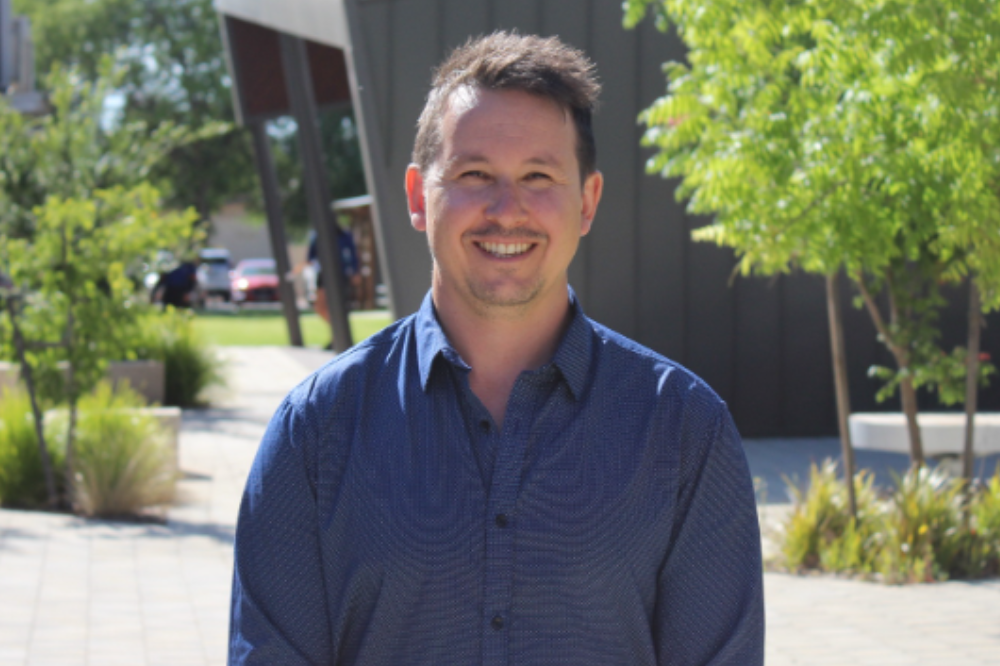
Nestled in the Riverland region of South Australia is a school that, despite facing some of the toughest conditions a community can endure, has emerged to tell a story of dogged determination, resilience, innovation, and triumph against extraordinary odds.
Between November 2022 and February 2023, South Australia’s River Murray burst its banks in the biggest flood in more than half a century. For months, catastrophic flooding from intense rainfall interstate put thousands of hectares of agricultural land under water and inundated more than 3,500 homes throughout the region.
The floods severed access to surrounding towns, forcing residents to travel great distances to find functioning bridges. Recreational activities like fishing and skiing vanished, and many lost their homes, plunging the community into a state of despair.
For students, staff and families at Berri Regional Secondary College, this natural disaster only added to a string of profound challenges faced in the wake of the Covid-19 pandemic.
“Other major challenges the region faced included the legacy of the COVID-19 pandemic and economic strains in our region such as the uncertainty of our local industries, cost of living and housing crisis and childcare shortage,” Principal Clint Ridgway told The Educator.
“All these factors on top of other individual influences meant as a school we saw declining attendance for students at risk of sporadic, attendance trends, increasing anti-social behaviours, low resilience, increased anxiety levels where students are struggling to connect and socialise with others, lack of connection within the school and local community and increased use of social media, AI, and online gaming.”
Aiming to develop long-term, sustainable improvements in students’ wellbeing and mental health, critical for a successful and thriving community, the College set out to create a Wellbeing Hub with a ‘Doctors on Campus’ initiative and a mentoring and volunteering scheme. Partnering with Schools Plus provided crucial funding and coaching support to establish the project.
“Through the school-based Wellbeing Hub, we have access to school leaders and Youth Workers at all times, and through our connection with Schools Plus we have been able to employ other skilled practitioners, such as a psychologist to travel 3 hours from Adelaide to meet with scheduled appointments through our Doctor on Campus program,” Ridgway explained.
“We also provide continual intervention programs to support wellbeing and engagement trends through ongoing, breakfast programs, mentoring programs, social and emotional skill building intervention programs, one-on-one case management and transport or home visit support.”
Ridgway says the key to the Wellbeing Hub’s success is that it provides immediate support for students who need not only medical attention but students who might be feeling anxious, hungry, angry, upset, tired or anyone who presents with poor wellbeing and doesn’t know how to deal with those emotions.
“Our data from last year showed we have approximately 700 students from Years 7-12 and last year had approximately 400 students access support through the wellbeing hub within that calendar year, with over 100 of those provided clinical support.”
Schools must prioritise wellbeing
Last week, Schools Plus released a report analysing six years of data on how the Covid-19 pandemic’s “long tail” has impacted staff and students in Australia’s schools. It found that nearly half of schools (48%) seeking support from Schools Plus said they now identify wellbeing as their highest priority, up from 31% in 2018.
When asked what she believes these findings say about how Australian schools should be approaching the critical issue of student and staff wellbeing, Sherrill Nixon, Schools Plus’ CEO said the charity’s data shows that children’s wellbeing is now the number one priority for disadvantaged schools.
“Without a bedrock of positive wellbeing, children simply can’t learn to their potential. Schools know this and they want to do more, but it’s a complex issue and there’s no silver bullet,” Nixon told The Educator.
“It’s important for schools to work closely with families wherever possible, and build networks with health and other community services to reduce barriers for kids to access wellbeing support. We play a role by partnering with schools in vulnerable communities to bring to life strategies that suit their context and their students’ needs.”
In partnership with disadvantaged schools, the charity has been rolling out new supports for teachers, including training in trauma-informed practice, a dedicated ‘wellbeing navigator’ role to connect students and their families with health professionals outside of schools, and wellbeing hubs, where schools invite GPs, psychologists and allied health professionals on-site so kids can have quick and easy access to care.
“Now we’re calling on governments and the philanthropic community to work with us so these solutions can be rolled out nationwide.”
